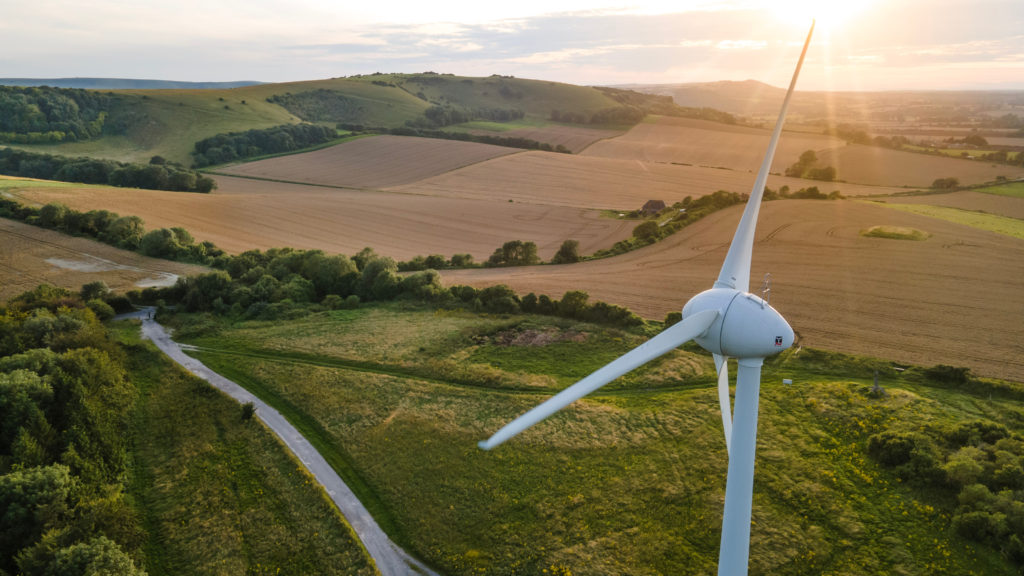Wind power was Britain’s largest source of generation for the second quarter running – the first time it has taken top spot for two consecutive quarters. Over the six winter months (Oct–Mar), wind supplied 20% more electricity than natural gas.
Biomass and hydro output were both up strongly from a year ago, but nuclear output fell to its lowest share of electricity production since 1965. During the first three months it produced just 10.4% of Britain’s electricity, with January seeing 6 of the country’s 9 reactors offline for maintenance. Hinkley Point C was originally expected to come online last year, more than sufficient to fill the looming gap, but it is now not expected to start operations for another five years.
Share of Britain’s electricity demand met by nuclear power.
Britain’s electricity supply mix in the first quarter of 2024.
Installed capacity and electricity produced by each technology [2] [3].
[2] Other sources give different values because of the types of plant they consider. For example, BEIS Energy Trends records an additional 0.7 GW of hydro, 0.6 GW of biomass and 3 GW of waste-to-energy plants. These plants and their output are not visible to the electricity transmission system and so cannot be reported on here.
[3] We include an estimate of the installed capacity of smaller storage devices which are not monitored by the electricity market operator.
